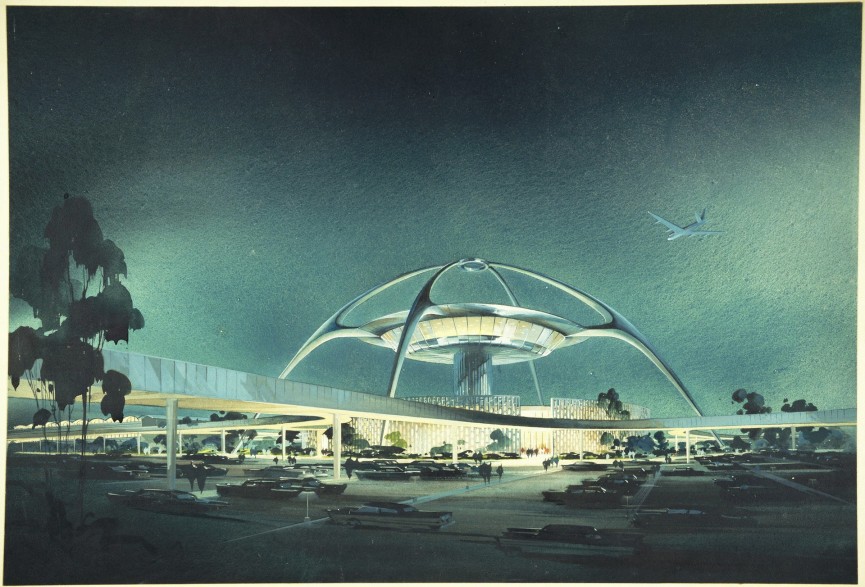From “Sunshine Technopolis,” Gregory Brenford’s new essay in the Los Angeles Review of Books which ruminates on the wired side of L.A.:
“If San Francisco was somewhat like Boston, though, Los Angeles was like nothing in the East. For a while it seemed more like brawling Chicago, its cultural currents making for tricky navigation, as the novel and film LA Confidential showed so well. Los Angeles’s Old Money scarcely dated back more than a few generations, and usually kept its cash in real estate, where it grew fast. Hammett and Chandler wove their noir visions of the seamy underside in the 1930s and 1940s. Robert A. Heinlein briefly attended UCLA and lived in the L.A. area alongside such SF authors as Jack Williamson and L. Ron Hubbard. Their tech-centered SF was crucial to the Golden Age of the genre.
Such newcomers brought a sense of open horizons. Though the Other Coast had invented and first developed the airplane, their advantages yielded to our sheer energy. By the 1950s the aerospace-electronics complex bestrode the largest high-tech industrial region in the world, a rank it holds today. The Jet Propulsion Labratory and Ramo-Wooldridge provided the first U.S. space satellite, Explorer, in 1958. A year later, Rocketdyne’s Redstone engine drove the first Project Mercury flights. The Shuttle lifts off from Cape Canaveral, but it lands at Edwards Air Force Base. Meanwhile the U.S.’s most active spaceport is at Vandenberg, at SoCal’s northern edge.
In aerospace and electronics especially, SoCal pioneered the new high-tech hierarchy: well-paid managers, scientists, and engineers, underpinned by a vast stratum of laborers who assembled and built the molded plastics, aluminum cowlings, printed circuit boards, and, lately, personal computers. Growth was cutthroat and unregulated among this understory. Price gouging and lurching job growth brought their Darwinnowings of the small capital firms that came and went like vagrant, failed species in evolution’s grand opera.
Californians did not stay put when firms went bust. They could cruise the mile-equals-a-minute freeways to new frontiers, where towns became mere off-ramps. A mobile cadre of people used to living by their wits made innovation paradoxically routine.”
Tags: Gregory Brenford'

